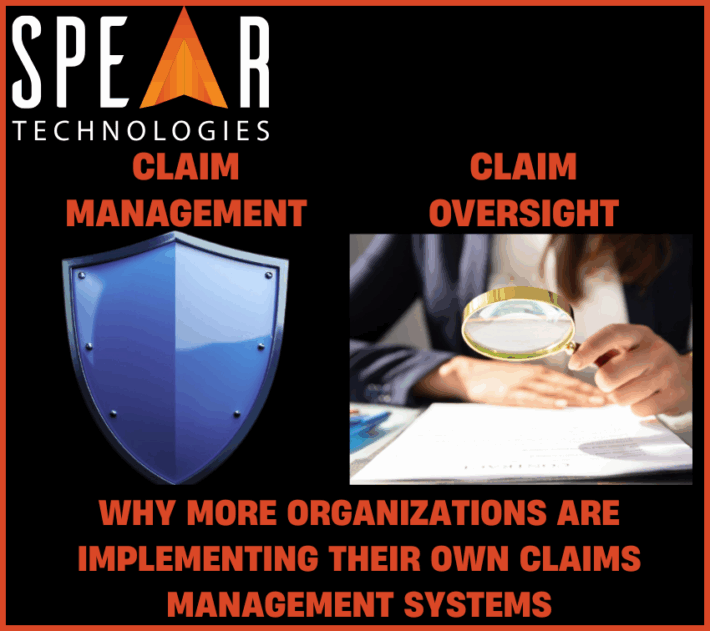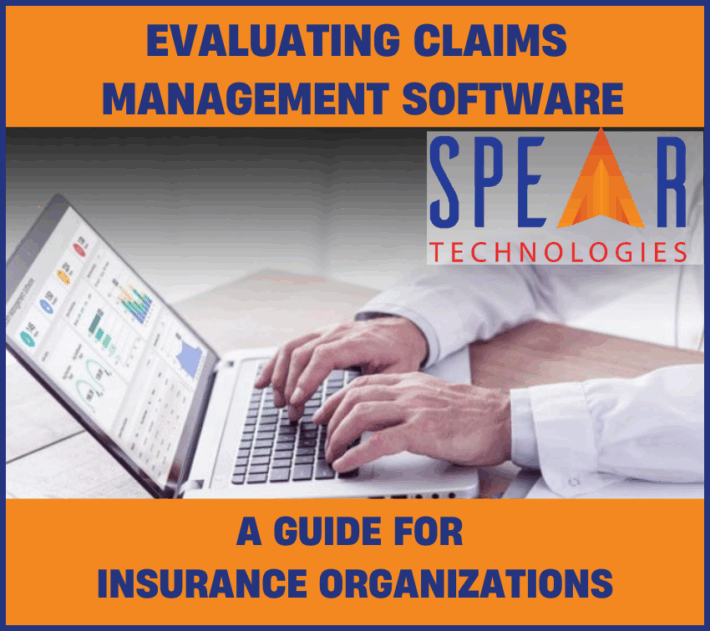6 Ways Modern Technology Enhances Risk Assessment and Underwriting

Risk assessment and underwriting are critical processes for public entities as they navigate complex insurance landscapes. With the increasing complexity of risks—ranging from natural disasters to cyber threats—public entities need robust tools to accurately assess and underwrite these risks. Modern core technology offers innovative solutions that can significantly enhance these processes, leading to more informed decision-making and optimized insurance coverage.
1. Advanced Data Analytics for Precise Risk Assessment
Modern core technology empowers public entities with advanced data analytics capabilities that can transform the risk assessment process. By aggregating data from various sources, including historical loss data, environmental sensors, and demographic information, these systems provide a comprehensive view of potential risks.
For instance, predictive analytics can be employed to identify patterns and trends that may not be immediately apparent through traditional methods. A municipality, for example, can use data from weather sensors and historical flooding patterns to assess the risk of flood damage in specific areas. This level of precision allows for more accurate risk assessments, ensuring that public entities are neither overestimating nor underestimating potential risks.
2. Machine Learning for Enhanced Underwriting
The integration of machine learning algorithms into underwriting processes is a meaningful change for public entities. These algorithms can analyze vast datasets and learn from them, identifying correlations and risk factors that may be overlooked by human underwriters.
Machine learning models can evaluate numerous factors, such as the likelihood of natural disasters, infrastructure vulnerabilities, and even socio-economic variables, to determine the appropriate level of coverage and pricing. For example, a city looking to insure its public transportation system can leverage machine learning to assess risks related to operational safety, passenger volume, and maintenance records, leading to more accurate premium calculations.
By automating and refining underwriting processes, public entities can achieve greater efficiency and accuracy, ultimately reducing the time and costs associated with securing insurance coverage.
3. Real-Time Risk Monitoring and Dynamic Underwriting
One of the most significant advantages of modern core technology is its ability to provide real-time risk monitoring. Public entities can continuously monitor risk factors through IoT devices, satellite imagery, and other real-time data sources. This capability allows for dynamic underwriting, where policies can be adjusted based on current conditions.
For example, a region prone to wildfires can use real-time satellite data to monitor weather conditions, vegetation dryness, and other factors. If the risk level increases, the underwriting model can automatically adjust the coverage terms or suggest additional protective measures, such as increasing deductibles or implementing risk mitigation strategies.
This dynamic approach ensures that public entities are always appropriately covered, even as risk factors change, thereby preventing costly gaps in coverage or unnecessary over-insurance.
4. Improved Risk Communication and Collaboration
Effective risk assessment and underwriting require clear communication and collaboration among various stakeholders, including public officials, insurers, and risk managers. Modern core technology facilitates this by providing integrated platforms where all parties can access and share relevant data and insights.
These platforms often include dashboards and reporting tools that visualize risk assessments and underwriting decisions, making it easier for stakeholders to understand the rationale behind coverage recommendations. This transparency fosters collaboration and ensures that all parties are aligned in their understanding of the risks and the strategies in place to manage them.
For example, a public entity can use these platforms to collaborate with insurers on designing a custom insurance program that addresses specific risks, such as cybersecurity threats to municipal IT systems. By working together in real-time, they can develop more tailored and effective insurance solutions.
5. Regulatory Compliance and Risk Governance
Public entities operate within a strict regulatory framework, and ensuring compliance is a crucial aspect of risk assessment and underwriting. Modern core technology helps public entities stay compliant by automating the tracking of regulatory requirements and integrating them into the risk assessment and underwriting processes.
Automated compliance checks ensure that all underwriting decisions meet the necessary legal and regulatory standards, reducing the risk of non-compliance penalties. Additionally, these systems can generate detailed reports for regulatory bodies, demonstrating that the public entity has conducted thorough risk assessments and has implemented appropriate insurance strategies.
By integrating regulatory compliance into the core processes of risk assessment and underwriting, public entities can maintain their legal obligations while optimizing their insurance coverage.
6. Scenario Planning and Stress Testing
Modern core technology allows public entities to engage in scenario planning and stress testing, which are essential for understanding the potential impact of various risk events. These tools enable entities to simulate different risk scenarios, such as natural disasters, economic downturns, or cyberattacks, and assess how these events would affect their insurance needs.
For example, a public school district could use scenario planning to evaluate the impact of a major earthquake on its buildings and infrastructure. The results of these simulations can inform underwriting decisions, ensuring that the district has adequate coverage to recover from such an event.
Stress testing also helps public entities identify vulnerabilities in their current insurance strategies, allowing them to make proactive adjustments before a real-world event occurs.
Conclusion
Modern core technology offers public entities powerful tools to enhance their risk assessment and underwriting processes. By leveraging advanced data analytics, machine learning, real-time monitoring, and integrated platforms for collaboration and compliance, public entities can make more informed decisions, optimize their insurance coverage, and ultimately better protect their assets and communities.
As the risks facing public entities continue to evolve, embracing these technological advancements will be essential for maintaining effective risk management and ensuring long-term financial stability.
To see first-hand how your organization can leverage innovative technologies to enhance risk assessment and underwriting with SpearSuiteTM, our award-winning multi-line claims management and policy administration system built by industry experts on a modern low code platform that delivers the power of built-in AI and Analytics while lowering your total cost of ownership, Schedule a Demo.
To discover how Spear’s solutions are accessible to insurers of all sizes, Request Pricing.



